Have you ever felt a deep ache or sharp discomfort running down your leg that just won’t go away? Do you find it difficult to sit comfortably, stand for long periods, or even get a restful night’s sleep? If so, you may be experiencing sciatica—a common but often frustrating condition that affects many people at different stages of life.
At Activtherapy, we understand how much pain can impact your daily life. But the good news is that there are ways to find relief, and you don’t have to go through it alone. With gentle chiropractic care, simple exercises, and even a deeper look into how your emotions and gut health play a role, we can help you take steps toward feeling better.
What Does Sciatica Feel Like?
Sciatica happens when the sciatic nerve, which runs from the lower back down into the legs, becomes irritated or compressed. It can show up in different ways, such as:
-
A sharp or shooting pain that travels down one leg
-
A dull ache in the lower back, hip, or thigh
-
Tingling or numbness in the leg or foot
-
A feeling of weakness or heaviness in the affected leg
-
Pain that worsens after sitting or standing for long periods
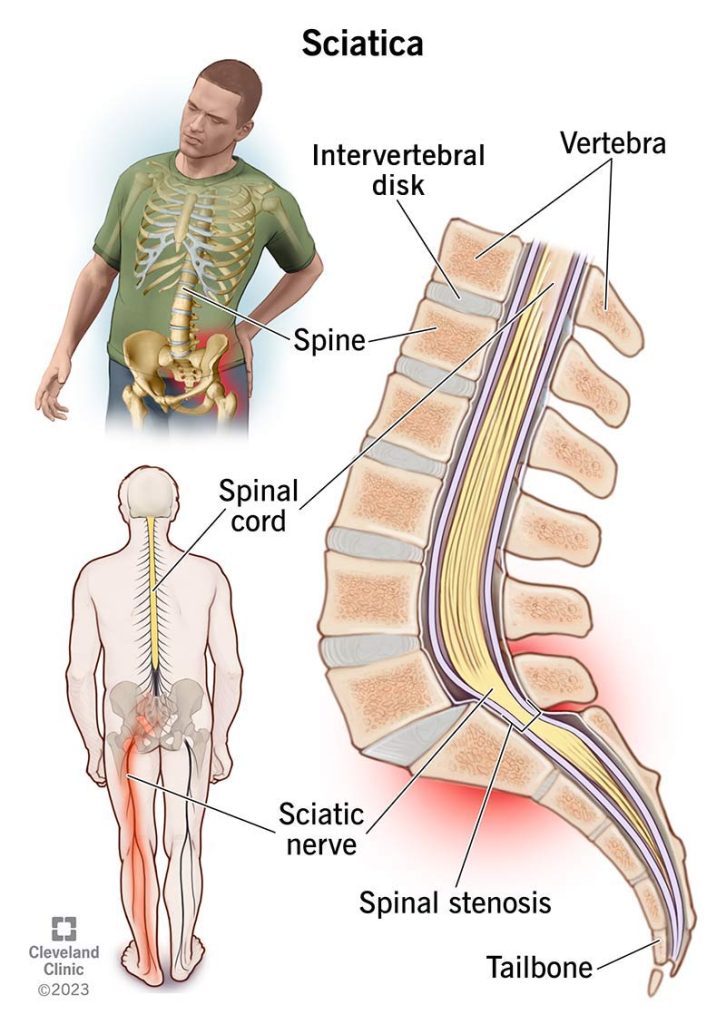
Who is More Likely to Experience Sciatica?

Sciatica can happen to anyone, but certain factors can make it more likely, such as:
-
Sitting for long periods or having a sedentary lifestyle
-
Frequent heavy lifting or repetitive bending movements
-
Postural imbalances or misalignments in the spine
-
Pregnancy (due to changes in posture, weight distribution, and hormonal shifts)
Sciatica During Pregnancy:
Why It’s Common & How We Can Help
Pregnancy is an exciting time, but it can also bring physical challenges, including sciatica. As your baby grows, extra pressure on the lower back and pelvis can lead to nerve irritation. Hormonal changes also loosen ligaments, which can cause instability and discomfort.
The good news? Gentle chiropractic adjustments can help realign the spine, reduce pressure, and bring relief so you can focus on enjoying this special time.
Five Gentle Exercises to Ease Sciatic Pain
Movement can be one of the most effective ways to manage sciatic pain. Here are five simple exercises we often recommend:
Piriformis Stretch – Helps release tension in the piriformis muscle, which can sometimes press on the sciatic nerve.
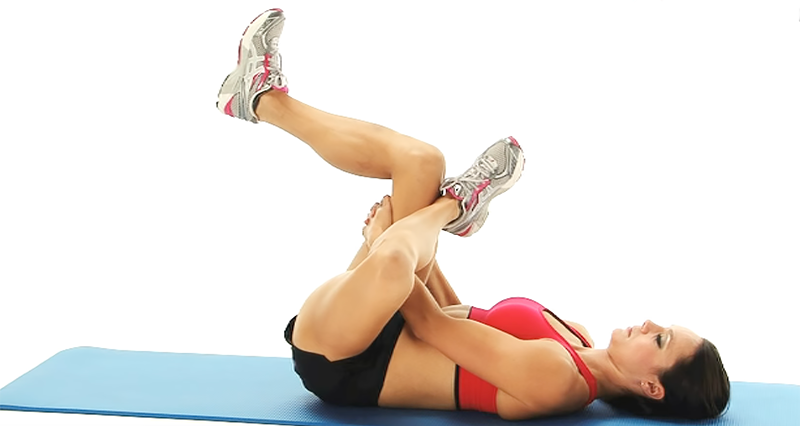

Cat-Cow Stretch – A gentle way to keep the spine mobile and ease stiffness.
Seated Spinal Twist – Supports flexibility and relieves tension in the lower back.
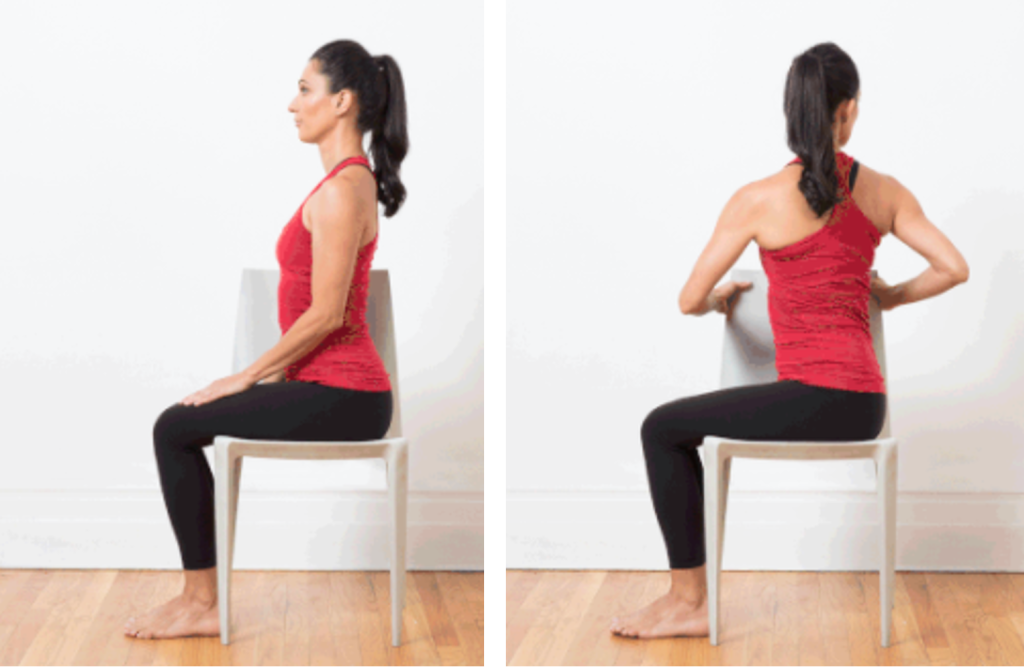
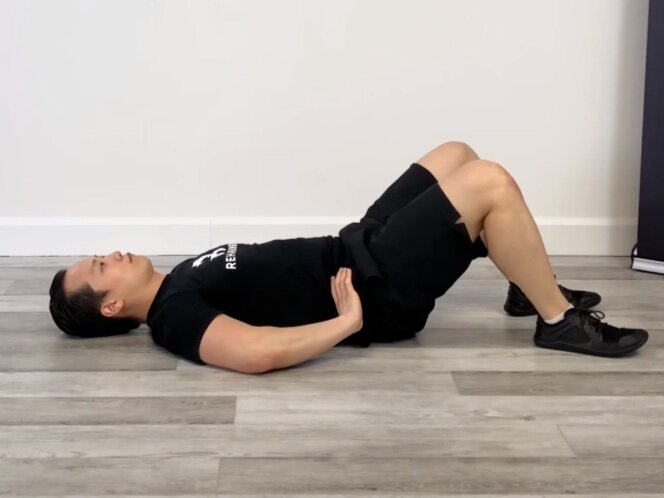
Pelvic Tilts – Strengthens core muscles and improves spinal support.
Hamstring Stretch – Loosens tight muscles that may be contributing to sciatic pain.
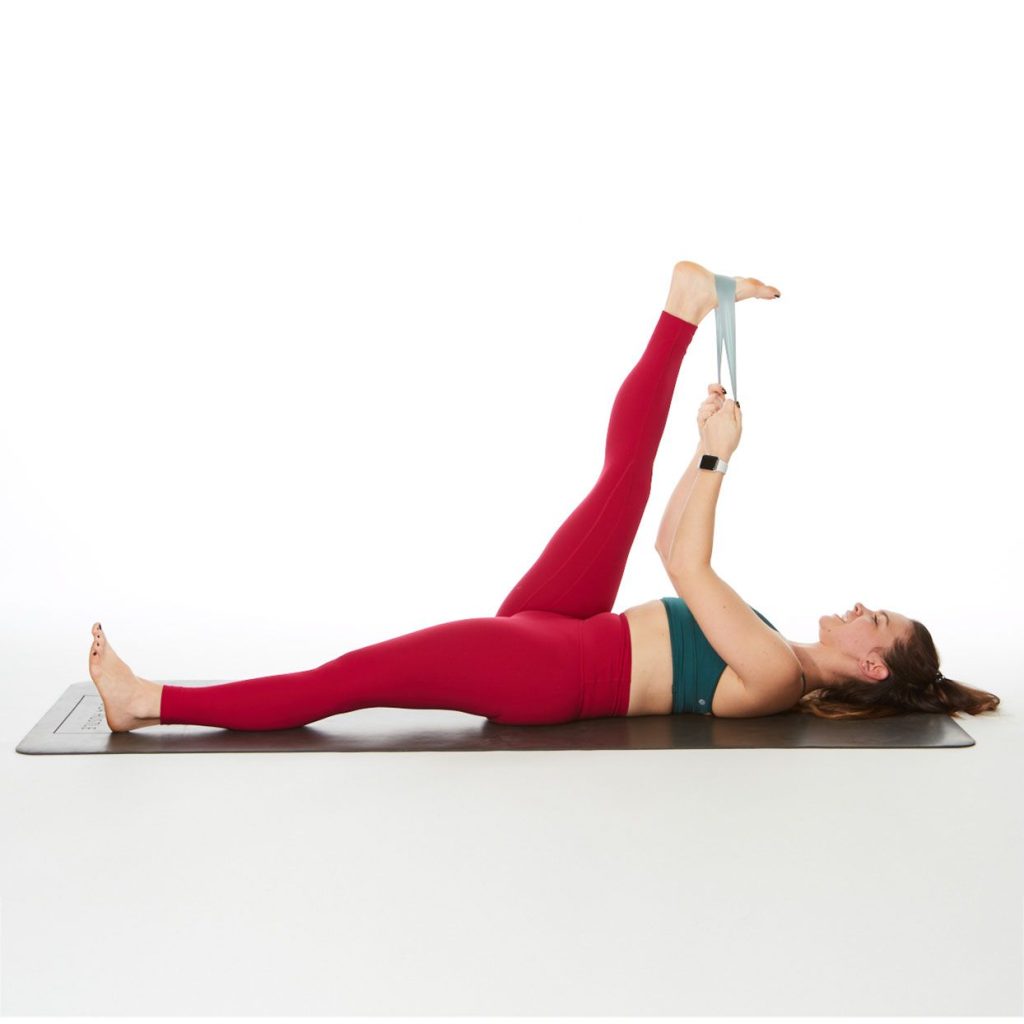
The Gut-Leg Connection:
How Digestion & Sciatica Are Linked
Did you know that your gut health and sciatic pain may be connected? The nerves that support digestion come from the lower spine, meaning irritation in these areas can sometimes show up as discomfort in the back and legs.
Issues like bloating, constipation, or food sensitivities can increase inflammation, which may make sciatic pain worse. Taking small steps to improve digestion—like eating nourishing foods, staying hydrated, and managing stress—can support both your gut and your spine.
Neuro-Emotional Technique (NET): Addressing the Emotional Side of Pain
Sometimes, physical pain isn’t just about the body—it can also be tied to stress and emotions. The mind and body are deeply connected, and unresolved emotional tension can sometimes show up as persistent pain.
Neuro-Emotional Technique (NET) is a gentle, holistic approach that helps release emotional stress patterns stored in the nervous system. When combined with chiropractic care, it can be a powerful tool for healing both physically and emotionally.
To find out more about NET, or to book an NET session with one of our practitioners, click here.
You Don’t Have to Live with Sciatic Pain
If sciatica has been holding you back, know that relief is possible. By addressing spinal alignment, supporting gut health, and considering the emotional side of pain, we can help you take meaningful steps toward feeling better.
We’re here to support you on your healing journey. If you’d like to learn more about how we can help, we’d love to see you in the clinic. Book an appointment today and take the first step toward moving more freely and comfortably.

